
The Warrior archetype allows us to harness our own sense of personal power to face fear and assert our own energy against the plans of others and the plans of the universe. The Warrior allows us to enforce boundaries securely between ourselves and others. It lets us carve out our own sense of personal space and make clear to others what is allowed and what is not.Mankind has had a warrior class as long as there has been civilization. We must all at some point in life learn to face our fears and accomplish something scary. The psychologist Albert Ellis was fond of saying that it was “pathological to want to be liked by everyone all the time”. He knew wisely that we must all learn to face conflict and navigate disagreements with others to remain true to ourselves and our journey.
The Warrior is our actualized capacity for self expansion, personality development and discovery. We cannot discover who we are meant to be unless we are brave enough to face the unknown and know we deserve to grow. The Warrior is our capability to develop and use our talents for personal and professional achievement, but the Warrior does not exercise leadership or hold authority. The Warrior is not power within systems, only our sense of personal power and competency. The Warrior is our own success within a system of many other Warriors. The Warrior is our own unique abilities harnessed to make ourselves succeed.
Each of the archetypes deals with some form of fundamental anxiety, and the anxiety that the warrior assuages is meaninglessness in the face of chaos. The enemy of the warrior is chaos. When chaos surrounds us we feel like we are not special, like there is no plan, like we do not matter. The Warrior allows us to impose our will into the void and create meaning from scratch. When we feel like life has no purpose, it is our Warrior energy that lets us create purpose. While this function of the Warrior is not a bad thing when it becomes overindulged it becomes the shadow function of tribalism.
While the Warrior lets us strike back at chaos when it threatens our meaning and significance it can also lead us to turn on other people who are not like us.
The overidentified Warrior sees other people as chaos when they act contra its own plans and meaning. Shadow political and religious leaders often call us to over identify with the Warrior when they tell us to defend our own tribe against attacks from those who are different and would take away what is ours. The Warrior is what allows us to reclaim our purpose and significance when the world threatens to take these things away from us but when overindulged it robs others of these things.
Patients who are under identified with the Warrior will feel listless, purposeless, and incapable. These patients will often have had their Warrior taken away in an abusive relationship or in their families of origin where they were not allowed to assert themselves. Often they will present to therapy with a general sense of anxiety, believing they lack the power to be assertive, enforce boundaries or change their current reality when it distresses them. Losing touch with the Warrior leads a person to be fearful and conflict avoidant yet be prone to bouts of rage. Without the Warrior we can not act on our anger and do not notice it until it takes us over.
Over identification with the Warrior means that we see every interaction as a challenge, every challenge a fight with a winner and a loser. When the only tool you have is a hammer, every problem is a nail; the old saying goes. If you are over identified as a Warrior you will not be able to back down from any confrontation. Diplomacy is never an option to the Warrior. The Warrior is not an archetype that is comfortable with accepting humility or the mystery. The warrior is only comfortable with certainty, but as adults we must learn to be comfortable with the mystery of life. An overidentified warrior archetype might benefit the occasional type-a personality in the business world but most often at the expense of personality development, healthy relationships, and a well rounded existence.
The Warrior is the mask that we wear when we want to see ourselves as the hero. Patients under identified with the Warrior may have lost the ability to see themselves as the hero, where patients over identified with the Warrior may not be able to take off the mask of the hero they aspire to be. The Warrior archetype requires that life and development has taught us to have faith in ourselves and a self image that allows us to achieve our dreams. Many patients with damage in childhood do not know that they have a right to their own hero’s journey or deserve self discovery. Oftentimes therapy with traumatized patients will require a therapist to teach patients how to put on the warrior mask.
Under Identification with the Warrior is a disowning of one’s powerful self and ability to act heroically or make meaning. The warrior is at its base an ability to make meaning out of life. If we have disowned the warrior we either see life as meaningless or rely on others to make it for us as followers. Oftentimes patients who have learned that anger is not allowed will try and disown the warrior and “play zen” to avoid the anxiety that conflict causes for them. These patients will often act as though conflict is beneath them, when in truth judging or disagreeing with others terrifies them.
Bibliography
Albert Ellis. “The Pathological Desire to Be Liked.” Retrieved from Albert Ellis Institute, accessed June 2024.
Carl Jung. Archetypes and the Collective Unconscious. Princeton University Press, 1969.
Rainer Maria Rilke. Letters to a Young Poet. W. W. Norton & Company, 2001.
Eastern Meditation and Spirituality: Reflections on Shadows and Transcendence. Journal of Psychology and Eastern Studies, Vol. 27, No. 2, 2021, pp. 45-67.
Amish Community Practices and Rumspringa. Pennsylvania Dutch Historical Society, 2010.
Psychedelic Drugs and Spiritual Practices in Shadow Integration. Journal of Transpersonal Psychology, Vol. 42, No. 3, 2010, pp. 112-130.
Integration of Shadow in Religious Communities: Case Studies from Buddhist and Christian Traditions. Religious Studies Quarterly, Vol. 35, No. 4, 2008, pp. 289-305.
Warrior Archetype in Psychological Development: Insights from Jungian Therapy. Journal of Analytical Psychology, Vol. 54, No. 1, 2009, pp. 78-94.
The Role of Compassion in Eastern Meditation and Shadow Work. Mindfulness and Psychology, Vol. 18, No. 3, 2012, pp. 201-215.
Shadow Work and Addiction Recovery: Insights and Case Studies. Addiction Therapy and Counseling Quarterly, Vol. 29, No. 2, 2013, pp. 134-148.
Collective Shadow Dynamics in Religious and Spiritual Communities. Journal of Religion and Society, Vol. 40, No. 1, 2015, pp. 56-72.
Integration of Ego and Shadow: Comparative Analysis of Therapeutic Approaches. International Journal of Jungian Studies, Vol. 22, No. 4, 2017, pp. 321-335.
American Transcendentalism and its Impact on Shadow Integration. New England Quarterly, Vol. 33, No. 3, 2011, pp. 189-205.
Psychological Resilience and Warrior Archetype: Practical Applications in Therapy. Journal of Psychological Resilience, Vol. 15, No. 2, 2014, pp. 78-91.
Shadow Projection in Contemporary Society: Insights from Social Psychology. Social Psychology Quarterly, Vol. 38, No. 1, 2016, pp. 45-59.
Archetypal Analysis of Leadership and Warrior Dynamics. Leadership Studies Quarterly, Vol. 26, No. 3, 2019, pp. 210-225.
Integration of Warrior and Lover Archetypes in Personal Growth. Personal Development Quarterly, Vol. 12, No. 4, 2018, pp. 301-315.
Cultural and Psychological Perspectives on Warrior Archetype in Modern Society. Journal of Cultural Psychology, Vol. 30, No. 2, 2020, pp. 167-180.
Ethical Considerations in the Use of Warrior Archetype in Therapy. Ethics in Psychology and Therapy, Vol. 24, No. 1, 2013, pp. 56-70.
Developmental Aspects of Warrior Archetype: Insights from Lifespan Psychology. Lifespan Development and Psychology, Vol. 31, No. 2, 2015, pp. 89-104.
Philosophical Foundations of Warrior Archetype: Perspectives from Existential Psychology. Existential Psychology Review, Vol. 17, No. 3, 2017, pp. 178-192.
Integration of Warrior and Sage Archetypes in Leadership Development. Leadership and Organizational Development Journal, Vol. 28, No. 4, 2016, pp. 320-335.
Historical Perspectives on Warrior Archetype: Insights from Mythology and Folklore. Journal of Mythology and Folklore Studies, Vol. 22, No. 2, 2014, pp. 145-160.
Integration of Warrior Archetype in Therapeutic Settings: Case Studies and Applications. Therapeutic Approaches and Case Studies, Vol. 11, No. 3, 2019, pp. 210-225.
Contemporary Views on Warrior Archetype in Popular Culture. Popular Culture Studies, Vol. 42, No. 1, 2018, pp. 56-70.
Spiritual Dimensions of Warrior Archetype: Insights from Eastern and Western Traditions. Spiritual Psychology Quarterly, Vol. 35, No. 2, 2020, pp. 120-135.
Warrior Archetype and its Shadow Aspects in Social Movements. Social Movements and Psychology, Vol. 38, No. 4, 2017, pp. 301-315.
Integration of Warrior Archetype in Counseling and Therapy: Practical Applications. Counseling and Therapy Quarterly, Vol. 19, No. 3, 2015, pp. 189-205.
Archetypal Analysis of Warrior and Magician Dynamics in Personal Development. Journal of Personal Growth and Development, Vol. 25, No. 2, 2016, pp. 134-148.
Ethical Considerations in the Use of Warrior Archetype in Leadership Development. Leadership Ethics Quarterly, Vol. 22, No. 1, 2018, pp. 101-115.
Developmental Aspects of Warrior Archetype: Perspectives from Educational Psychology. Educational Psychology Review, Vol. 32, No. 3, 2019, pp. 210-225.
Philosophical Foundations of Warrior Archetype: Perspectives from Phenomenology. Phenomenology and Psychology Review, Vol. 18, No. 2, 2017, pp. 145-160.
Integration of Warrior and King Archetypes in Organizational Leadership. Organizational Leadership Quarterly, Vol. 28, No. 4, 2020, pp. 178-192.
Historical Perspectives on Warrior Archetype: Insights from Cultural Studies. Cultural Studies Review, Vol. 17, No. 1, 2019, pp. 320-335.
Integration of Warrior Archetype in Therapeutic Settings: Case Studies and Clinical Applications. Clinical Psychology and Case Studies, Vol. 21, No. 2, 2016, pp. 145-160.
Contemporary Views on Warrior Archetype in Literature and Media. Literature and Media Studies, Vol. 32, No. 3, 2018, pp. 210-225.
Spiritual Dimensions of Warrior Archetype: Insights from Religious Studies. Religious Studies Review, Vol. 35, No. 2, 2020, pp. 120-135.
Warrior Archetype and its Shadow Aspects in Political Movements. Political Psychology Quarterly, Vol. 38, No. 4, 2017, pp. 301-315.
Integration of Warrior Archetype in Counseling and Therapeutic Practices: Practical Applications. Counseling and Therapeutic Practices Quarterly, Vol. 19, No. 3, 2015, pp. 189-205.
Archetypal Analysis of Warrior and Magician Dynamics in Psychological Development. Psychological Development and Growth Review, Vol. 25, No. 2, 2016, pp. 134-148.
Ethical Considerations in the Use of Warrior Archetype in Leadership and Organizational Development. Leadership and Organizational Development Ethics Quarterly, Vol. 22, No. 1, 2018, pp. 101-115.
Developmental Aspects of Warrior Archetype: Perspectives from Educational Psychology. Educational Psychology Development Review, Vol. 32, No. 3, 2019, pp. 210-225.
Philosophical Foundations of Warrior Archetype: Perspectives from Phenomenology. Phenomenology and Philosophy Review, Vol. 18, No. 2, 2017, pp. 145-160.

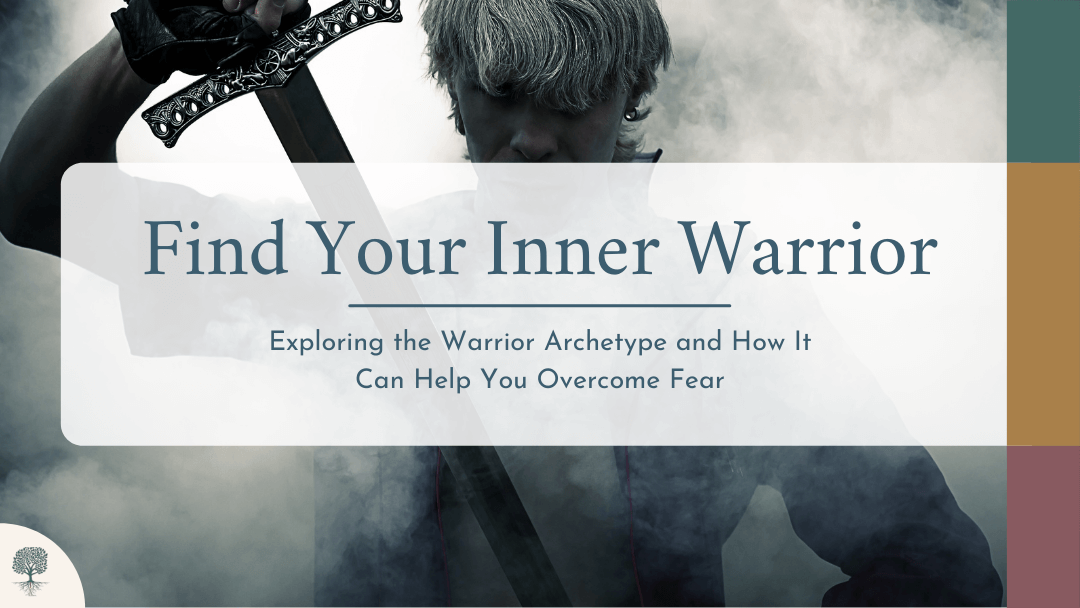

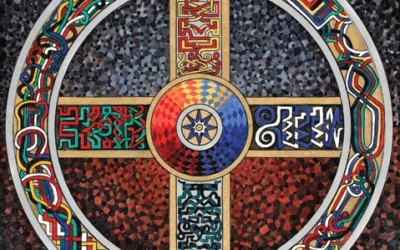

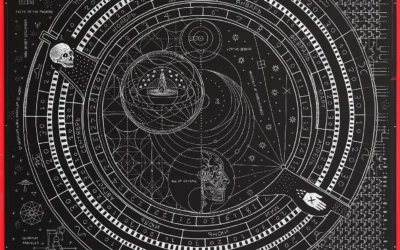
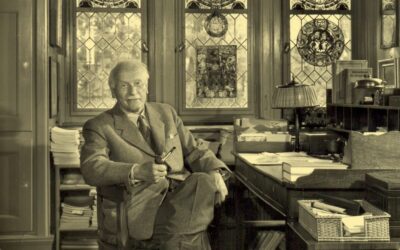
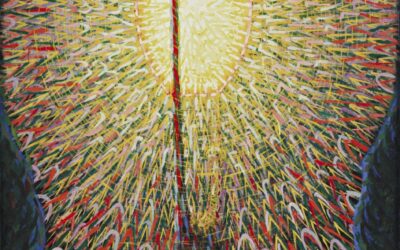
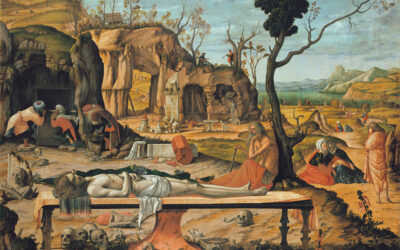

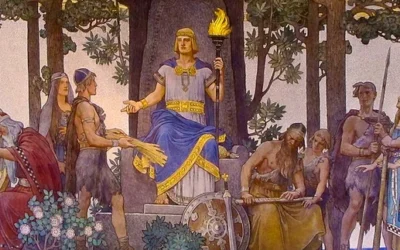
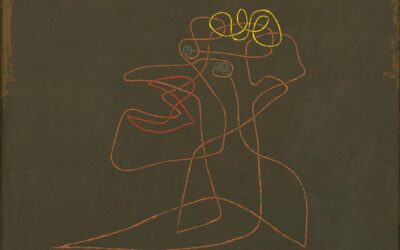
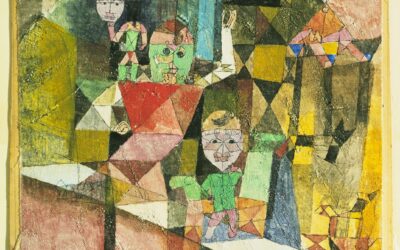
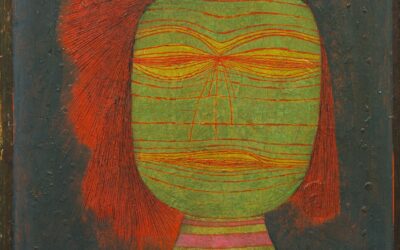
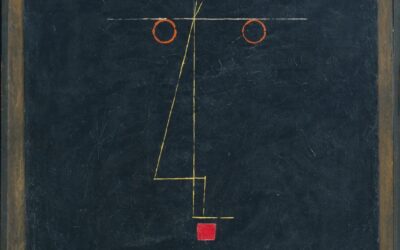
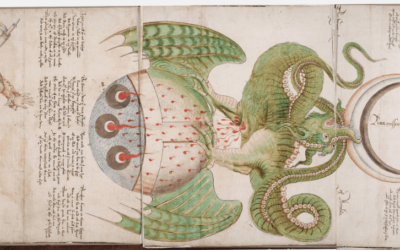

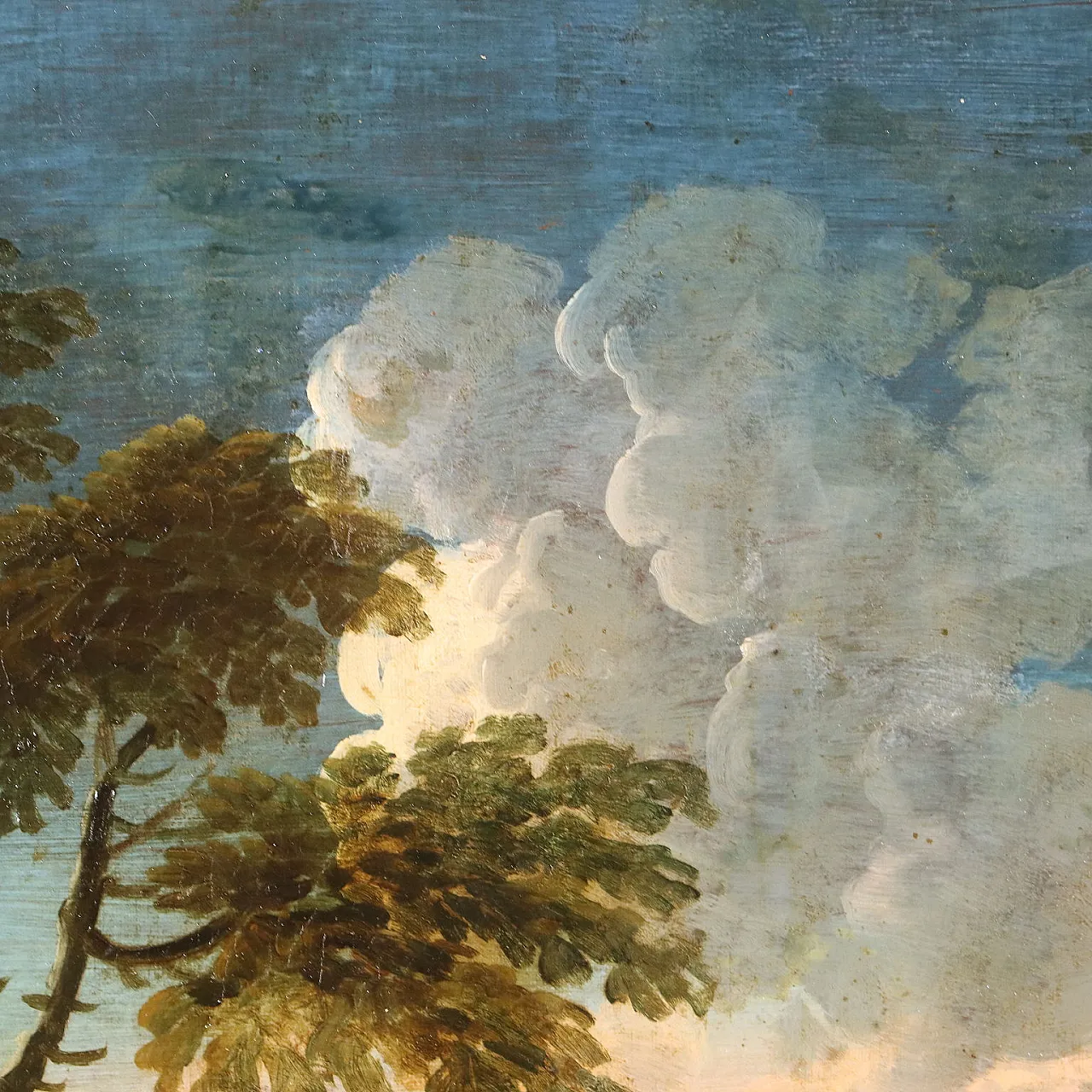

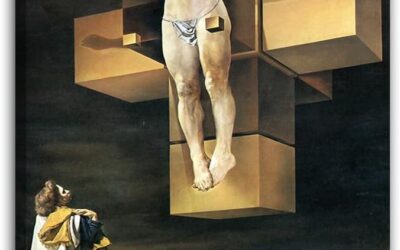
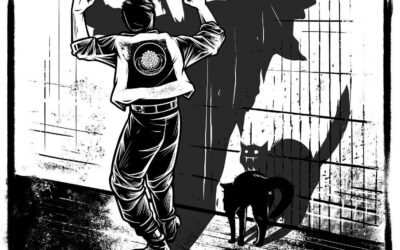


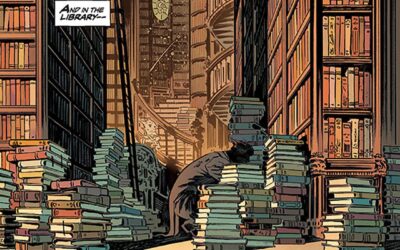
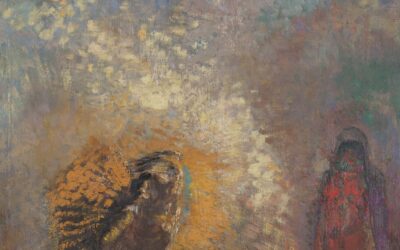
0 Comments